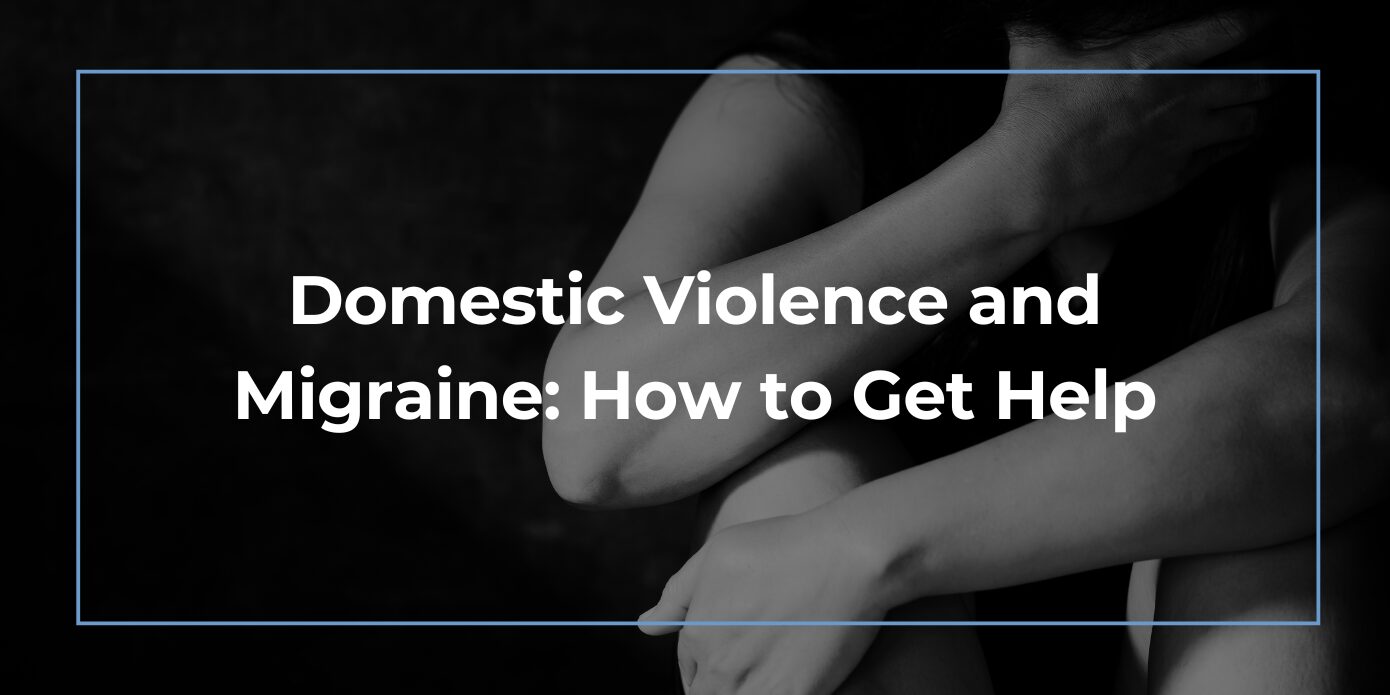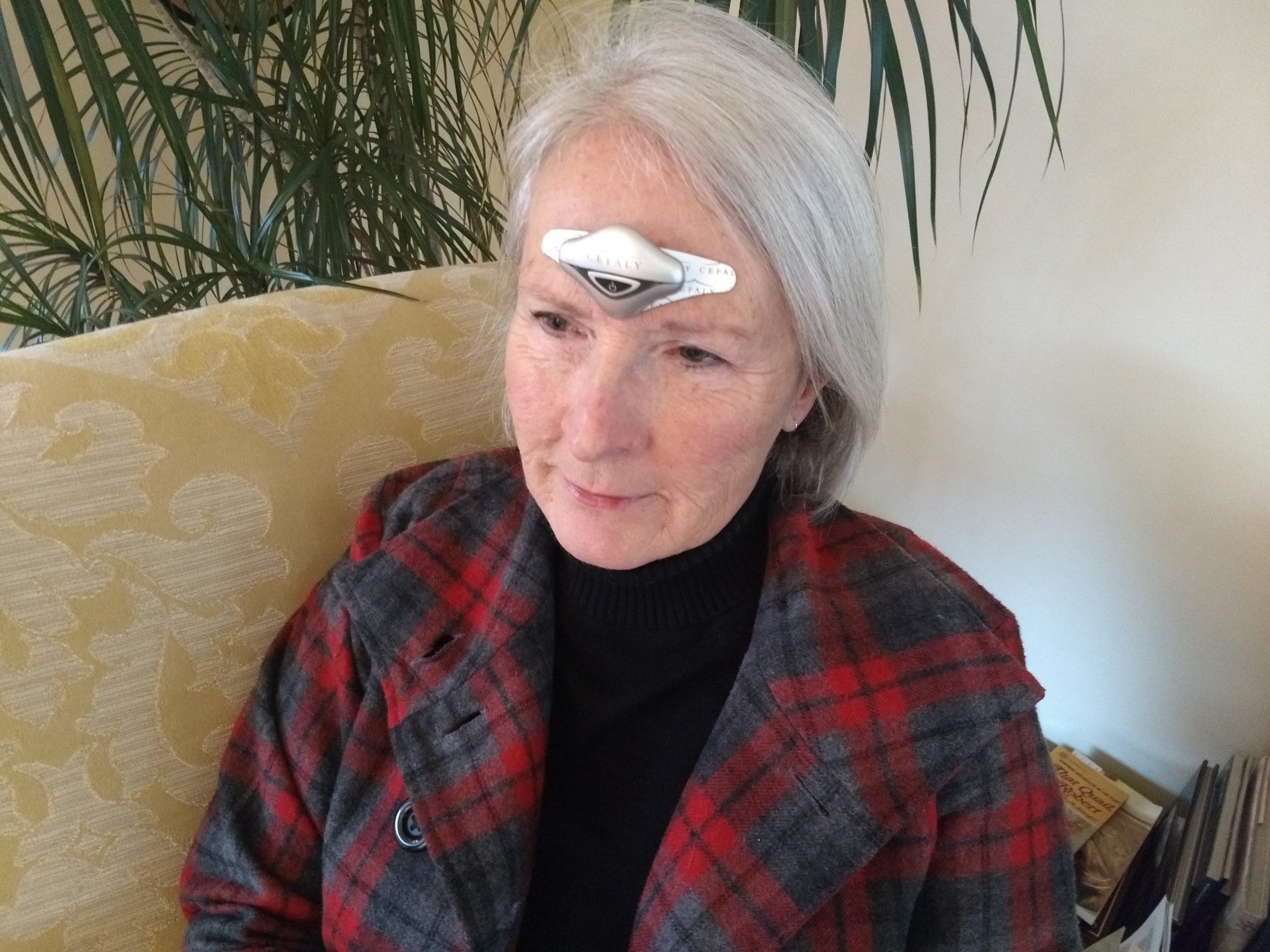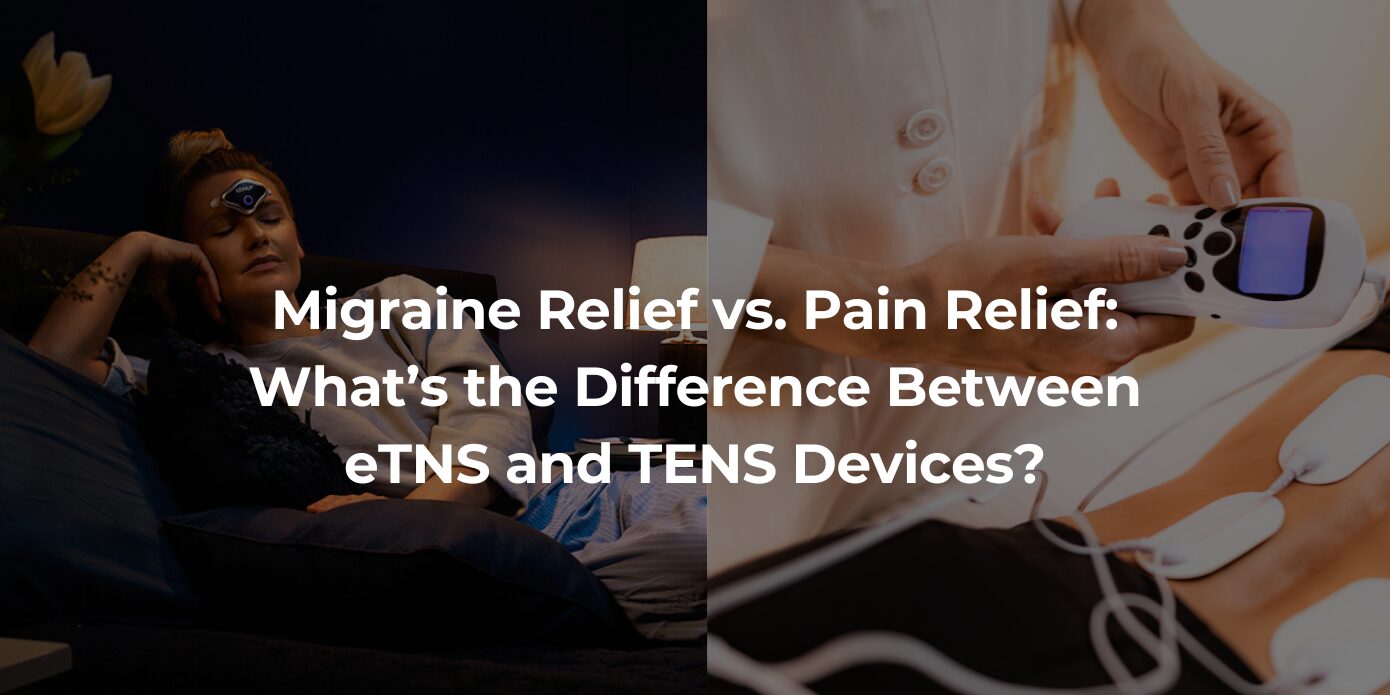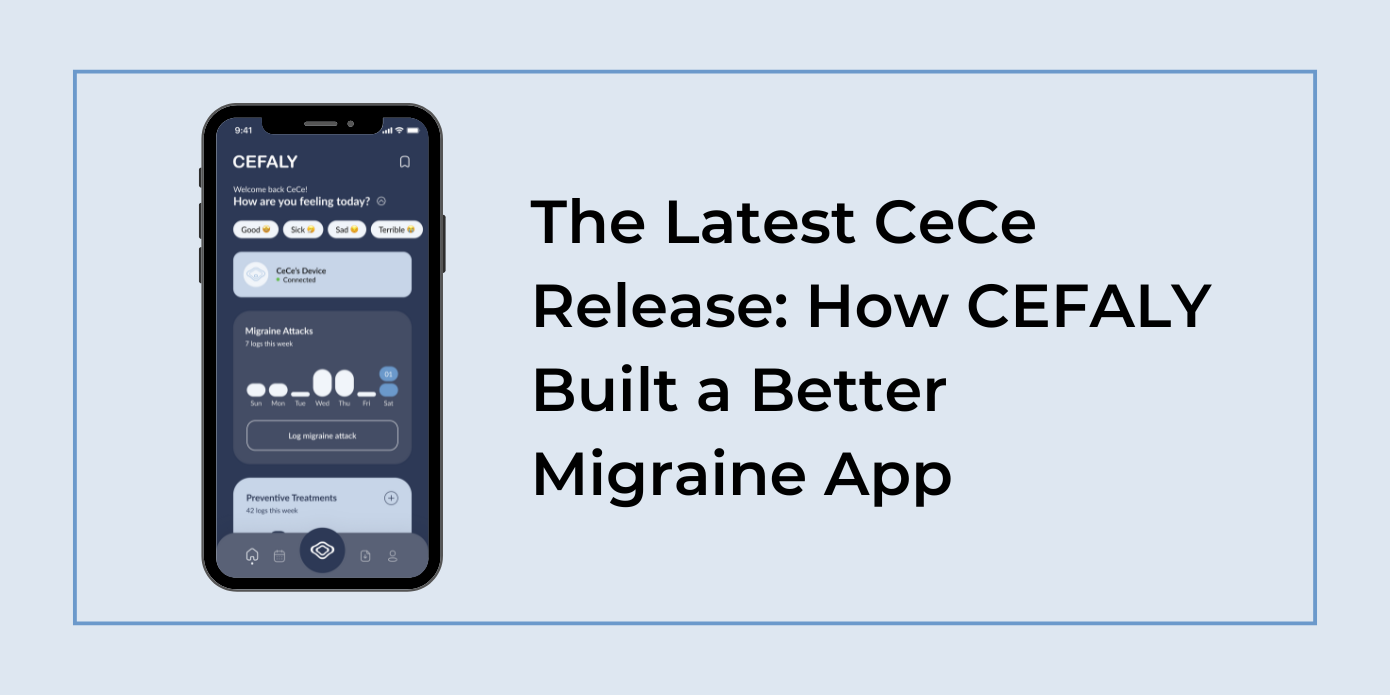“Just leave!” That’s what well-meaning friends say when you’re in an abusive relationship. But it’s not always that easy — especially when you live with migraine.
Chronic illness can make you dependent on an abuser. It can damage your mental health and your self-esteem. And it can make you feel hopeless. But there is hope! You deserve a life that is free from abuse and free of pain. We’ll outline the steps you can take to begin your journey.
Step 1: Talk to someone.
It’s a common misconception that domestic violence hotlines are only for people who need emergency help or shelter. Hotlines are there for anyone, anytime, who might have questions about what they’re experiencing or need advice on what to do. Don’t be scared to call! The trained counselors are kind and compassionate. They’re available 24/7 for free advice and support.
- In the U.S.: Contact the National Domestic Violence Hotline. Call 1-800-799-7233 or text START to 88788.
- For teens and young people: Love Is Respect offers confidential help 24/7. Text LOVEIS to 22522, call 866-331-9474, or chat online.
- In Canada: Reach out to your provincial domestic violence helpline.
- In Europe, call the helpline for your country.
If your workplace has an EAP (employee assistance program), ask for confidential assistance. You can also talk to a friend or a trusted confidant — anyone who can serve as a sounding board and help you figure out your next steps.
Not sure if you’re in an abusive relationship? We’ve compiled some relationship red flags, with specific examples of how they might look for someone who lives with migraine.
Step 2: Identify the obstacles to leaving your abusive situation.
If you’re overwhelmed by the idea of leaving and you feel like the logistics are impossible, take a deep breath. Start writing down every barrier you can think of (in a secure place, where your abuser can’t find it). Here are some examples.
Money: Many people with migraine are unable to work full-time or hold down a high-paying job. Also, the abusive partner may control and monitor the finances. Even if you are working, it can be hard to save enough money to leave.
Health insurance: This is a major concern for people in an abusive relationship who have migraine or any chronic illness. If your partner’s health insurance pays for your treatments, what will you do when you leave?
Finding a place to live: Housing is so expensive, and many shelters have waitlists. Having quiet, safe housing is essential for anyone, and especially those with migraine.
Children: If you have children with your abusive partner, or children of your own, keeping them safe is your top priority.
Pets: Abusers often target household pets, whether as part of their campaign to control you or as an outlet for their rage. You can’t leave your beloved pet behind; however, it can be difficult and expensive to find a safe place to go when you have a pet with you.
Lack of support: An abuser will intentionally isolate you from family and friends, so that you feel you have no one to lean on. This can hit people with migraine especially hard, because migraine itself is an isolating, lonely condition.
Physical challenges: Migraine can put you out of commission at the worst times, potentially derailing your plans to leave.
Mental health challenges: People with migraine are more likely to have anxiety, depression, or PTSD. Living with a mental health condition can make it hard to escape domestic violence, because you’re struggling with fear, fatigue, worry, and self-doubt.
Read more: 50 Obstacles to Leaving
Step 3: Come up with solutions to the barriers that prevent you from leaving and create a safety plan.
Now that you’ve listed the obstacles, you can tackle them one at a time. There are more resources out there than you might expect. For example, local SPCAs often have a foster program to take in pets belonging to people who are escaping domestic violence. Your pet will be safely cared for until you’re ready to reclaim it. And the Affordable Care Act offers health insurance options for survivors of domestic violence and their children.
You also should work on your safety plan. “A safety plan is a personalized, practical plan to improve your safety while experiencing abuse, preparing to leave an abusive situation, or after you leave,” the National Domestic Violence Hotline explains. They offer an interactive tool to help you create your own personal safety plan.
The safety planning tool helps you come up with answers to important questions, such as “If you need to leave your house quickly, which items would you need to take with you?” and “If you need to leave immediately, whom can you call to pick you up?” It can also recommend local resources to assist you with the barriers you face.
Remember: You are smart, you are strong, and you are resilient! Also, you don’t have to do this alone. Reach out to a hotline or to your support network, and they’ll connect you with others who can help.
Step 4: Leave the abusive relationship.
Once your plan is in place, choose a time and date to leave. If your first attempt is unsuccessful, or if you end up returning to the relationship, don’t give up. On average, it takes a domestic violence survivor seven tries to leave before they get out for good.
Once you, your children, and your pets are safe, it’s time to start rebuilding your life. Enlist the help of friends, local organizations, healthcare providers, and counselors. Little by little, you can and will create a healthy, fulfilling life you love!
CEFALY stands with survivors of domestic violence. Through our CEFALY Cares program, we are partnering with women’s shelters and domestic violence support organizations to provide the women they serve with access to CEFALY: a drug-free, clinically proven migraine treatment. Learn more about CEFALY.














